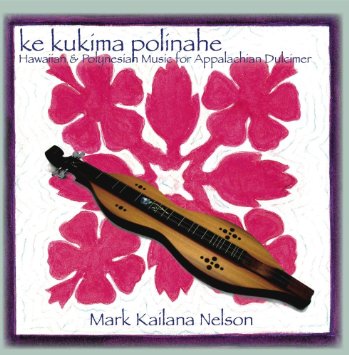Ken, I definitely suggest checking out videos. I came to the dulcimer from guitar and mandolin and learned my first dozen songs or so from YouTube videos by Bing Futch and Stephen Seifert and others.
There is really only one book specifically on technique: Mike Casey's Hands-On Dulcimer: Developing Technique through Exercises and Studies.
Otherwise, for nice arrangements of Irish tunes in a soft, fingerpicking style, I would recommend books by Linda Brockinton and Nina Zanetti.
Neal Hellman also has a book of Irish tunes, and he has a whole bunch of books out there on Shaker tunes, Beatles tunes (that's a really tough one that I don't recommend), music of the world, and more.
Steve Eulberg has a nice book out there that includes a wide variety of English and Celtic tunes, including some from Scotland. I think it's called Another Jig Will Do.
Maybe others will disagree with me, but since you are already experienced with other stringed instruments, an instructional method book will be too basic for you. Dig around YouTube and when you find a really good player whose music you would like to play, and then check out their websites to see if they have any books out there.
I bought the David Schnaufer DVD a while back, but while I was waiting for it to arrive I learned his version of "I'm So Lonesome I Could Cry" just from watching the YouTube video. You could probably do the same.
One other thought: both Stephen Seifert and Steve Eulberg have online subscription "schools." Seifert's is called The Dulcimer School and Eulberg's is called Dulcimer Crossing. In both cases, you pay a monthly fee and have access to a whole range of resources. I have only seen samples of Dulcimer Crossing lessons, but I learn a flatpicking version of "The Wind that Shakes the Barley" from it. I am much more familiar with the Dulcimer School and although I wish Stephen were more active on there, there is an enormous amount of material there, from beginner lessons to phenomenal classical or jazz pieces that I don't know if I'll ever play. There is video, audio, pdf downloads of tab, and more. It might be worth joining one or another of those online schools and spending a month digging around to see what interests you. You can always cancel your subscription. Both of those guys are not only great players but understand the diatonic fretboard and are experienced and thoughtful teachers.




 Peter mentioned Down by the Sally Gardens as well, so I'll be learning that one and adding it for sure. Thanks!
Peter mentioned Down by the Sally Gardens as well, so I'll be learning that one and adding it for sure. Thanks!